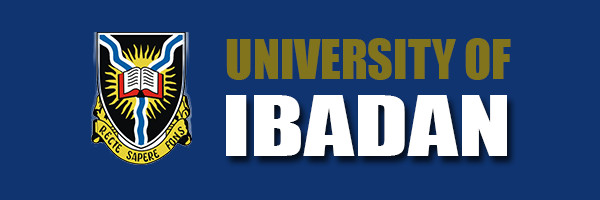HISTORY OF THE FACULTY OF VETERINARY MEDICINE
In June 1961, the University of Ibadan Governing Council approved the establishment of a Faculty of Veterinary Medicine with the pre-clinical and para-clinical programmesat lbadan and its clinical unit in Vom. In October 1963, two Veterinary departments (Veterinary Anatomy & Physiology and Veterinary Medicine) were established in the then Faculty of Agriculture, Forestry and Veterinary Science and the University commenced a degree programme in Veterinary Medicine with 9 students, being the first in the West African Sub-region and the sixth in Africa after Cairo (1901), Pretoria (1920), Khartoum (1938), Kenya (1949) and Assuit (1962).
At inception, the pre-clinical and para-clinical courses were taught in the Departments of Veterinary Anatomy and Physiology, and Veterinary Medicine. Subjects in Pre-clinical Medicine (Physiology, Biochemistry and Pharmacology) were taken with M.B.B.S. students of the Faculty of Medicine.
At the instance of the University of Northern Nigeria now Ahmadu Bello University (ABU), Zaria, the University of Ibadan entered into a cooperative arrangement with ABU in 1964 whereby the Veterinary Students of both Universities would receive preclinical training at Ibadan and clinical training at ABU. The University of Ibadan produced a total of 23 graduates in four sets under the cooperative arrangement while ABU produced 4 graduates in two sets before the arrangement wound up.
UI also produced three other DVM graduates in 1968 under a similar cooperative arrangement with the University of Edinburgh. The first set of 14 Veterinarians produced solely by the University of Ibadan graduated in 1972.
The Veterinary Departments were formally organized into a full-fledged Faculty of Veterinary Medicine in 1975. In October 1981, the Faculty set up the first Veterinary Teaching Hospital in Nigeria to coordinate its diagnostic and clinical services. Currently, the Faculty has seven academic departments, the Veterinary Teaching Hospital, a Field Station at Eruwa, and an Experimental Animal Unit. The Senate approved the establishment of the National Zoonoses Centre in the Faculty of Veterinary Medicine in 2007/2008session. The National Council of Agriculture agreed to fund the centre at its meeting of 23 March 2011.
The undergraduate curriculum has been undergoing changes. The Bachelor of Veterinary Medicine (B.Vet.Med.) programme that was introduced in 1963 was replaced in 1967 with a new programme that comprised of one-year pre-veterinary courses in Agriculture and Sciences, two-year pre-clinical courses and two-year of clinical courses. A new degree programme without pre-veterinary courses was adopted in 1977/78 session in keeping with the general University policy. The Faculty adopted the Course System of teaching and examination in 1983. As part of the curriculum review exercise, the Faculty introduced the Subject System of teaching in 2013/14 session to replace the Course System. The Bachelor of Veterinary Medicine (B.Vet.Med.) degree approved for Veterinary Education at inception in Ibadan was changed to Doctor of Veterinary Medicine (DVM) in line with global trend in 1967 and the first set of Ibadan DVMs was produced in 1968. As at February 2016, the University of lbadan has produced 2,020 veterinary graduates in 46 sets and one B.Sc degree in Veterinary Anatomy.
The postgraduate degree programme in Veterinary Medicine was introduced at Ibadan in 1967 and the first doctorate degree was awarded in 1970. To date, Ibadan has produced a total of 164 Ph.Ds in different specialties of Veterinary Medicine, 10 Masters of Philosophy, 192 Masters of Science, 237 Masters of Veterinary Science, 149 Masters of Veterinary Public Health (MVPH), 63 Masters of Preventive Veterinary Medicine degrees. The nationalities of the graduates vary and included Nigeria. Ghana, Cameroon, Southern African countries, West Indies and the USA.
In addition to training, Faculty members are well recognised nationally and internationally for their research contributions in the areas of livestock production and control of animal and zoonotic diseases.
